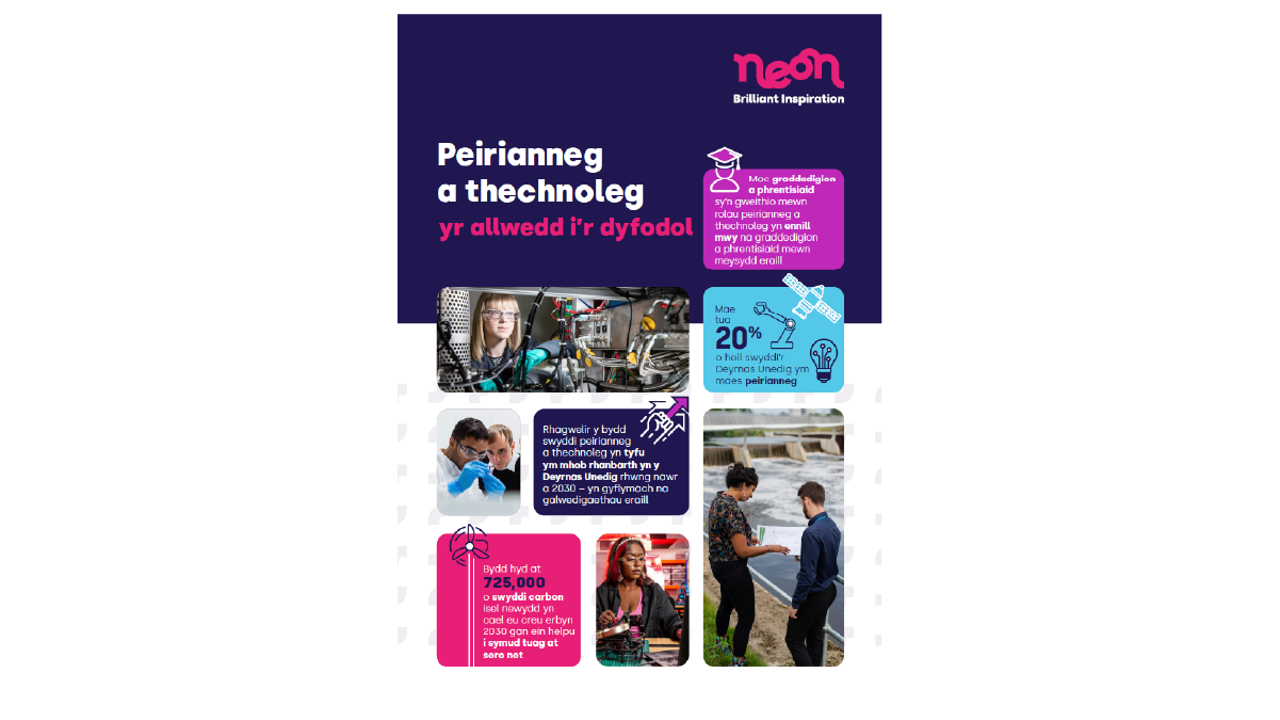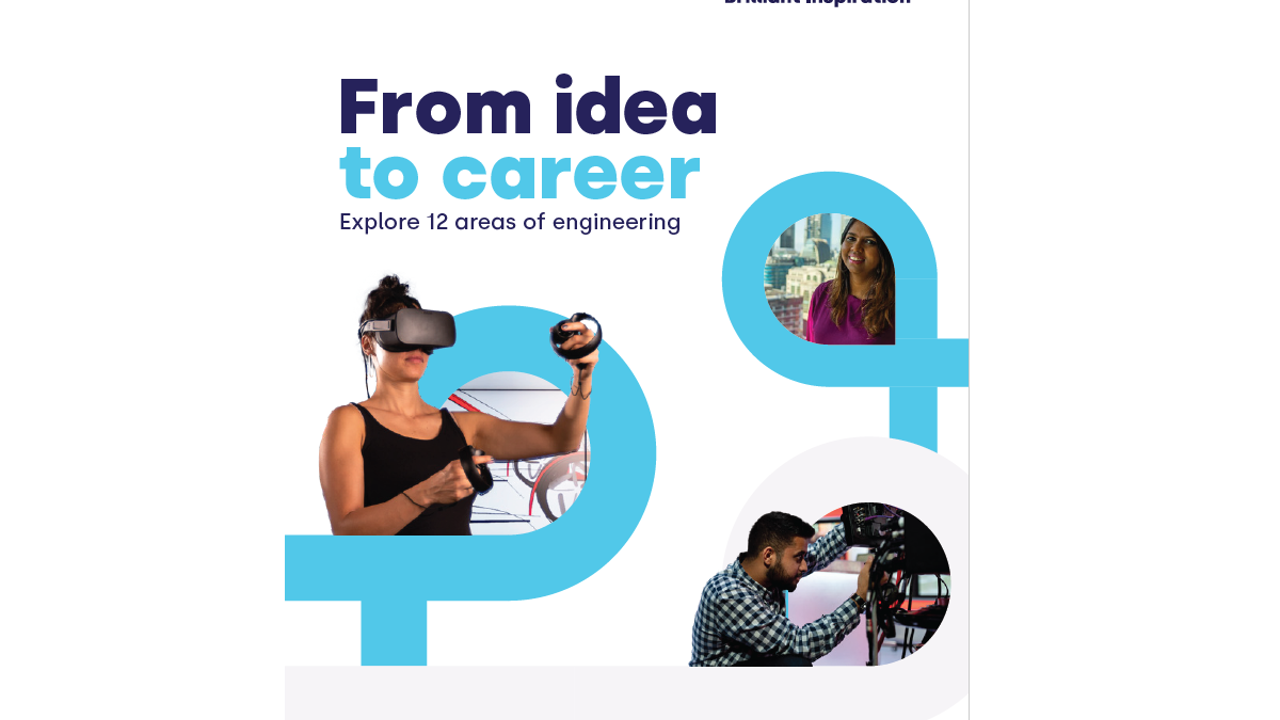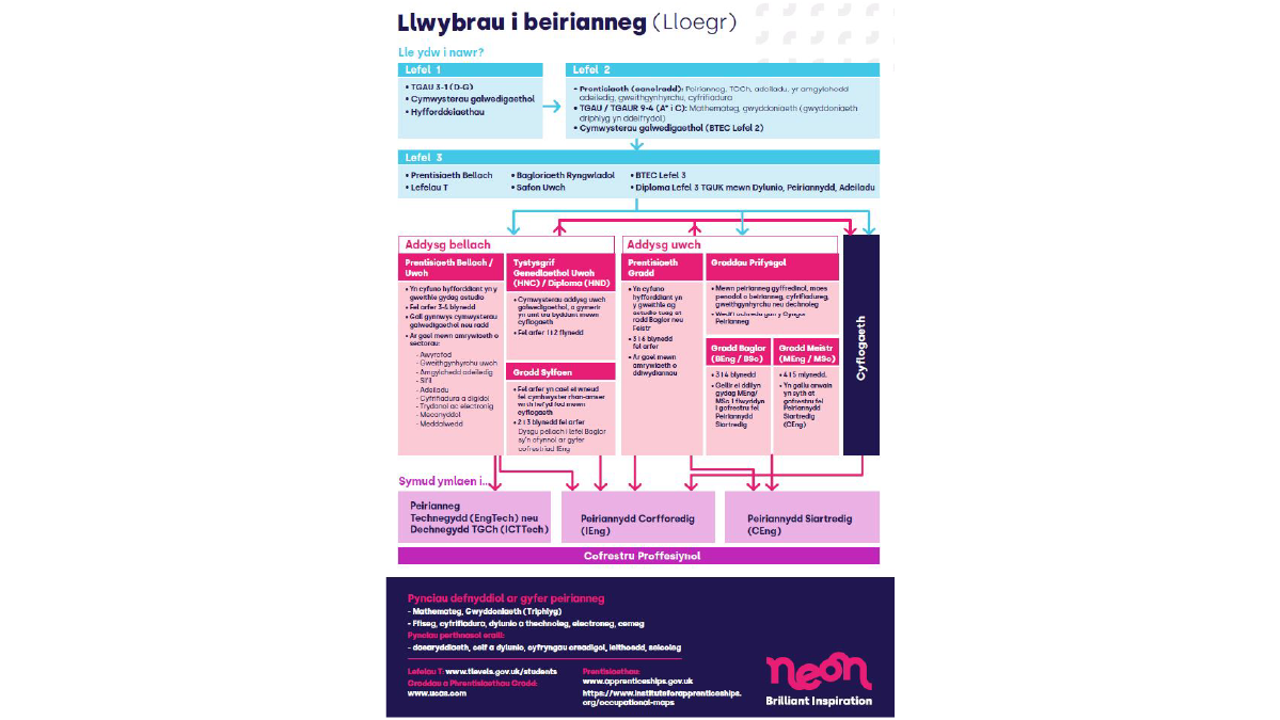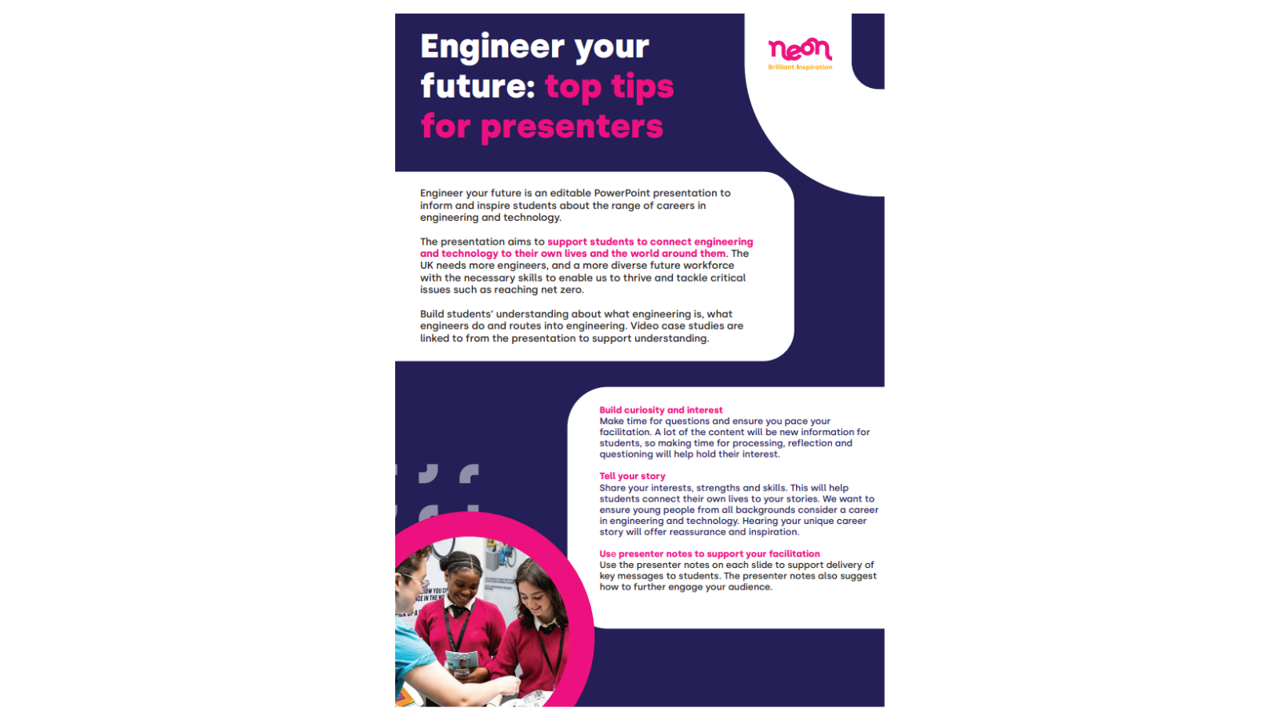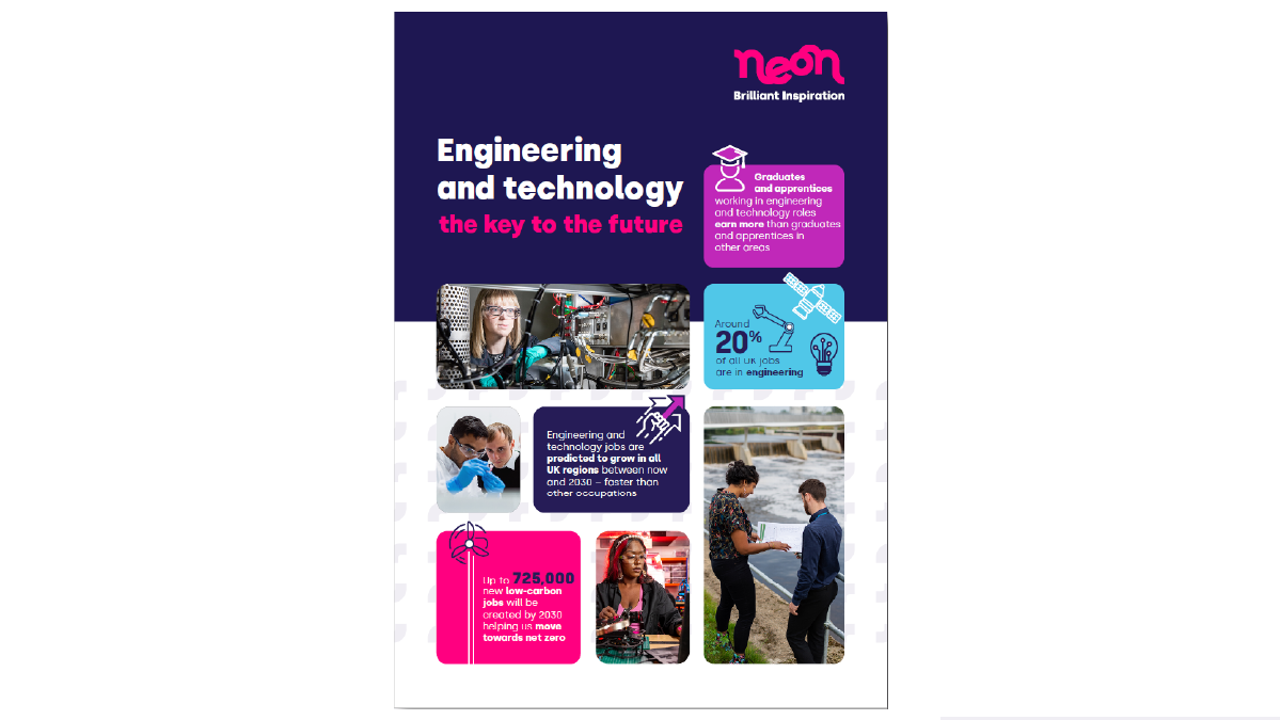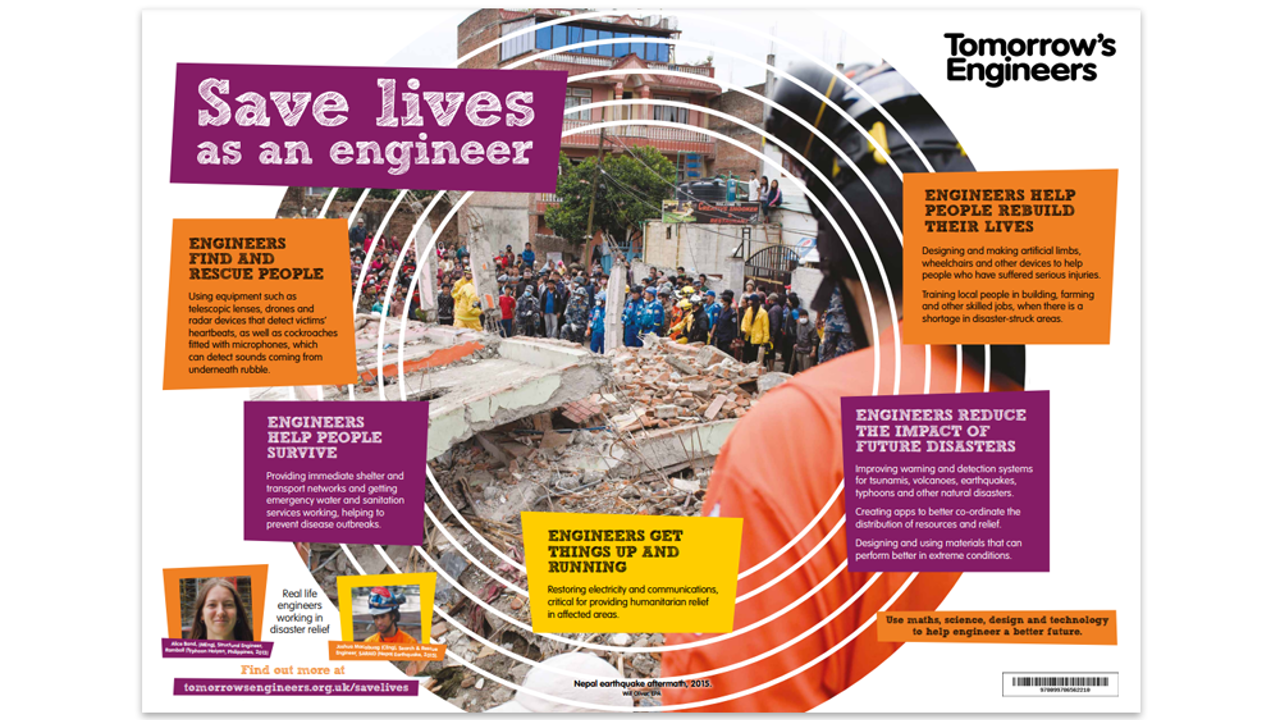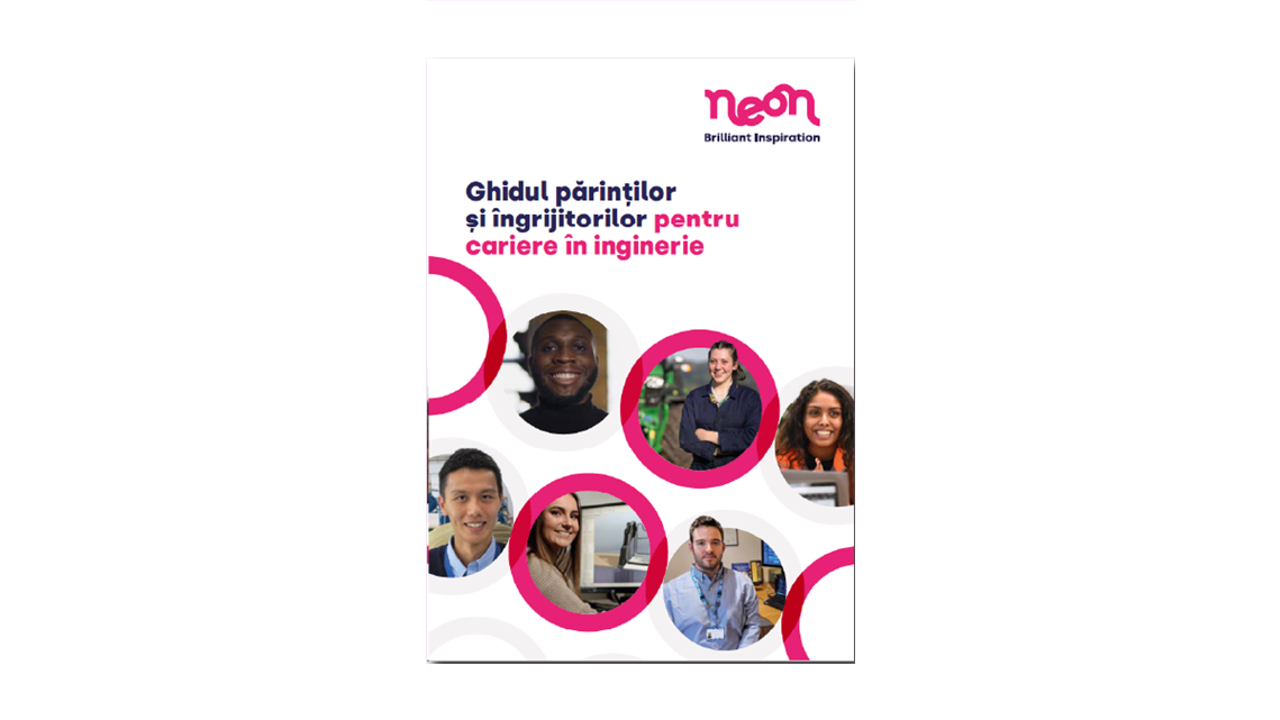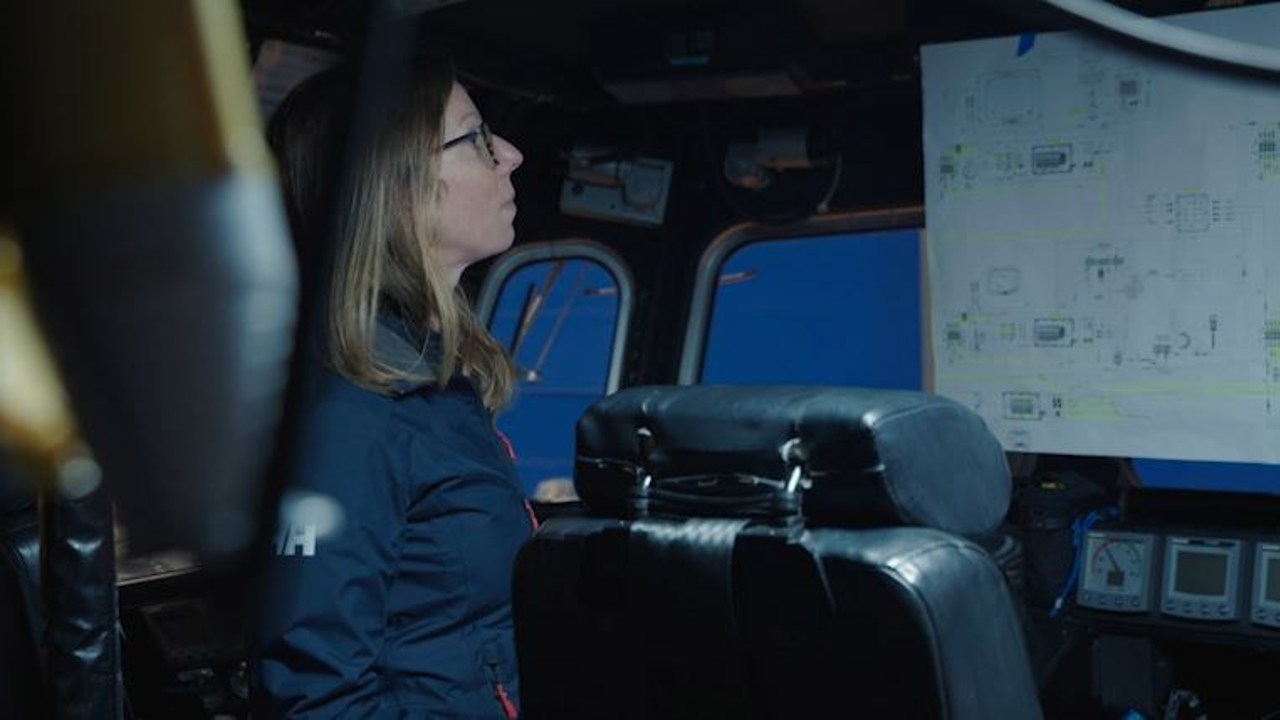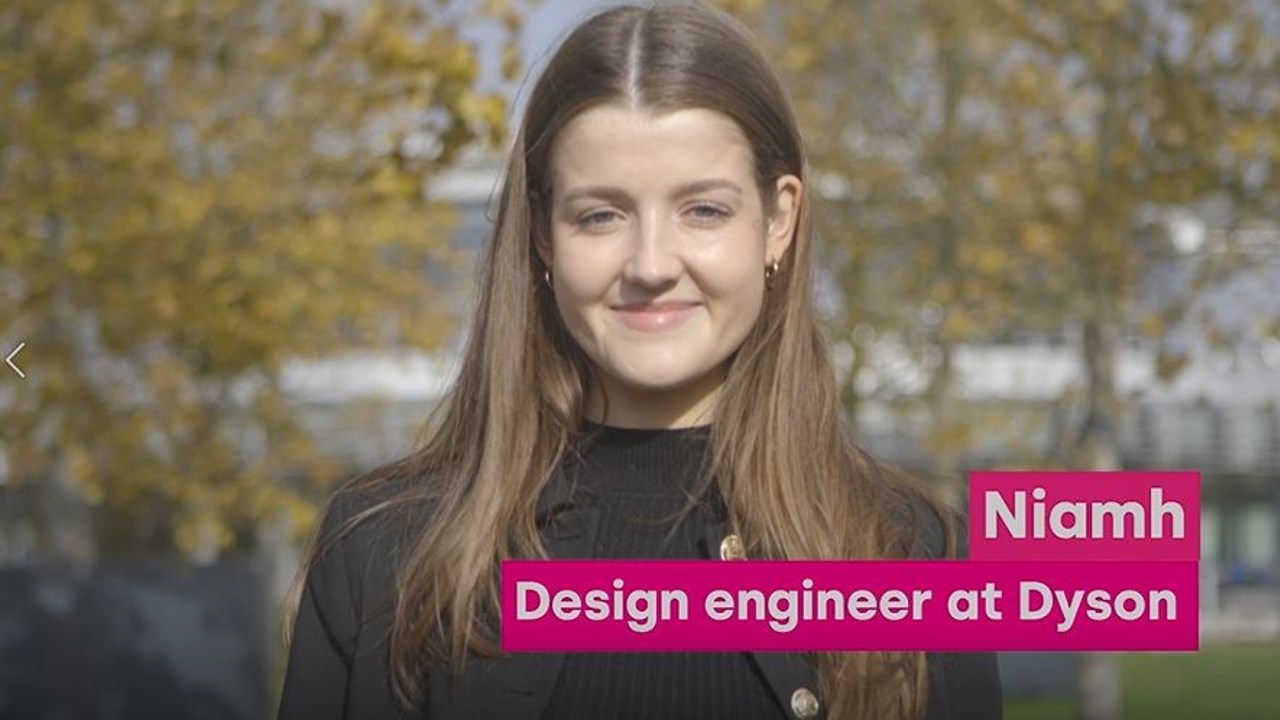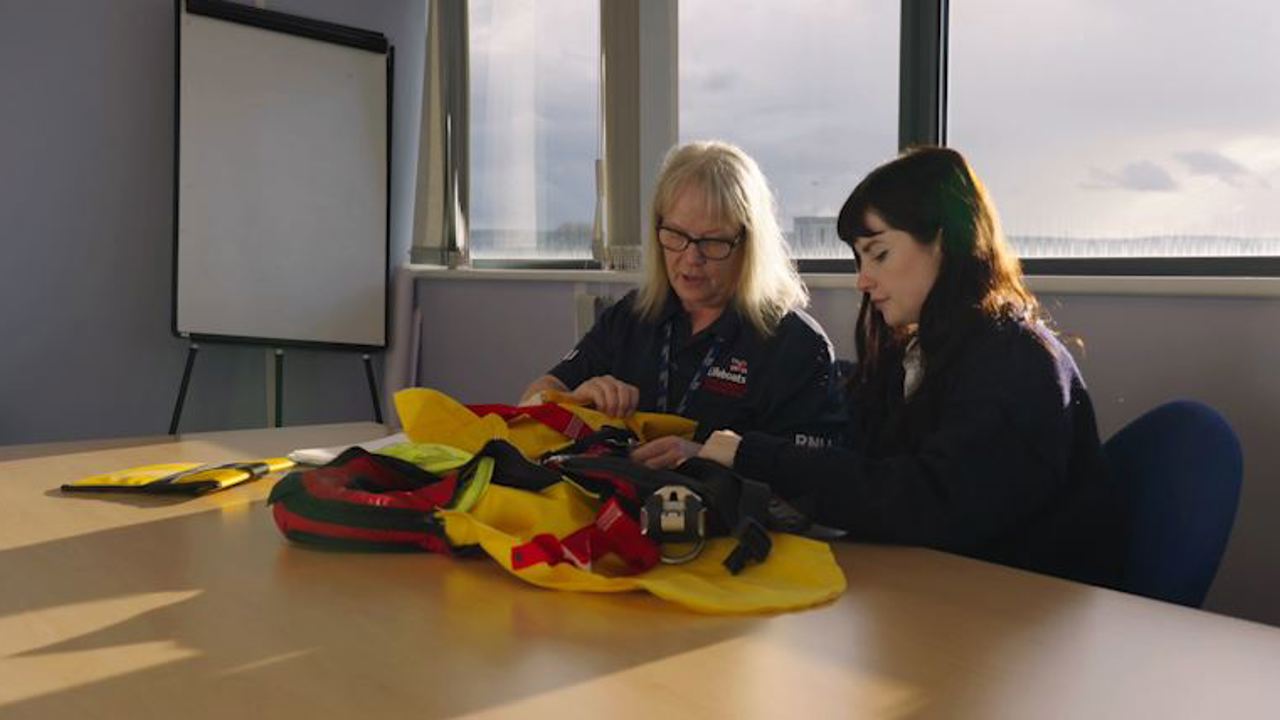
English skills and career pathways
There are many routes into an engineering or technology career in England.
For students working at Level 1 or 2, there are lots of options. Students can gain qualifications such as GCSEs and vocational qualifications like BTEC Level 2. Maths, science, geography and design and technology are great subjects for students to choose.
Students who like to get hands-on could also consider Intermediate Apprenticeships in engineering, ICT, construction, build environment, manufacturing and computing.
Post-16 and Level 3 options include advanced apprenticeships, BTEC Level 3 and International Baccalaureate. Students can also consider A levels in maths, physics, engineering or design. Alternatively, T Levels provide placements in engineering roles, allowing students to learn on the job and get real, technical experience.
In higher and further education, degree apprenticeships combine workplace training with studying. University degree courses can offer more general engineering courses, or cover specific fields of engineering, computer science, manufacturing or technology.
Career route map
Considering option choices and future steps with your students? Map it out using our national career route map for England. Download it for free and display on your classroom wall.
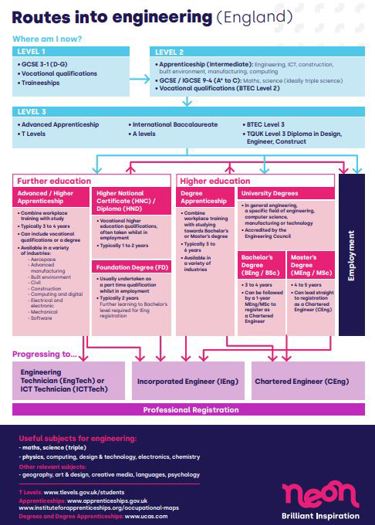
Careers resources
Discover more careers resources to support your students. Find out more about what engineering is, the types of engineering jobs and what a future career looks like.
Real jobs
Hear from real people doing real engineering and technology jobs. Watch our short videos to learn what these inspiring STEM professionals love about their role, what they do and how they got started. These case studies showcase different industries, roles and career paths.

